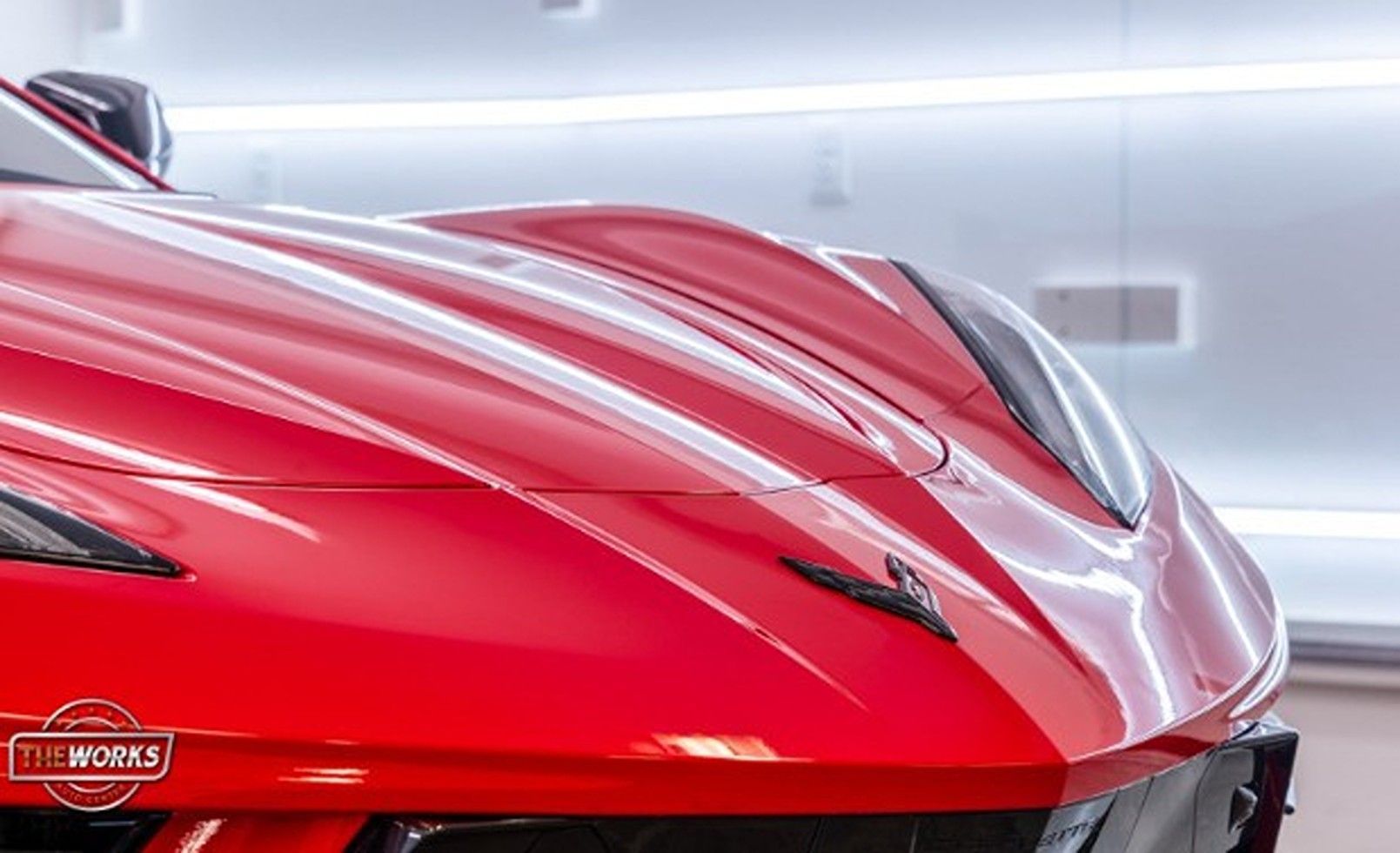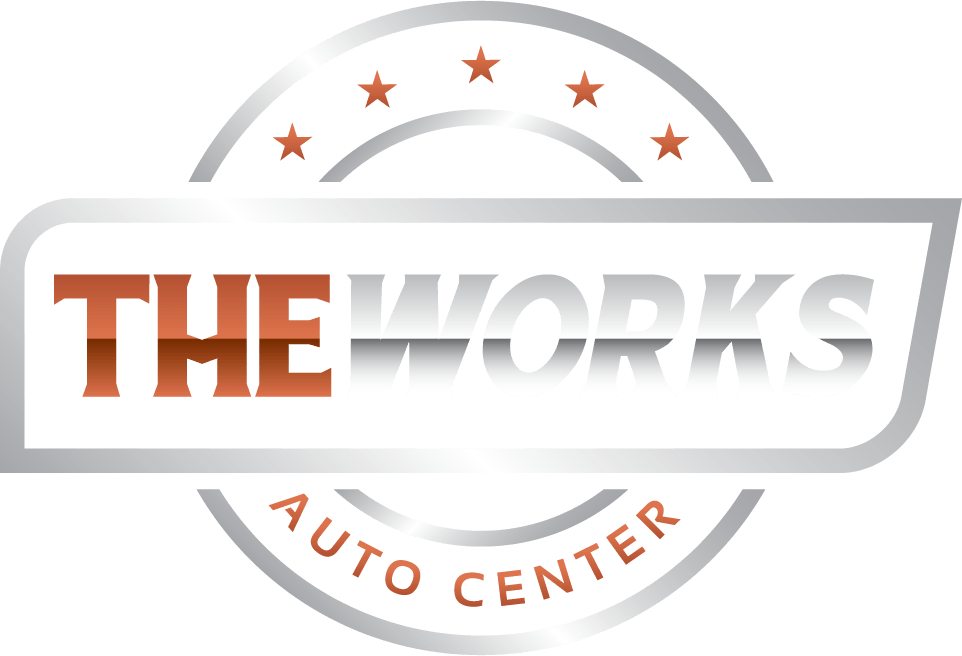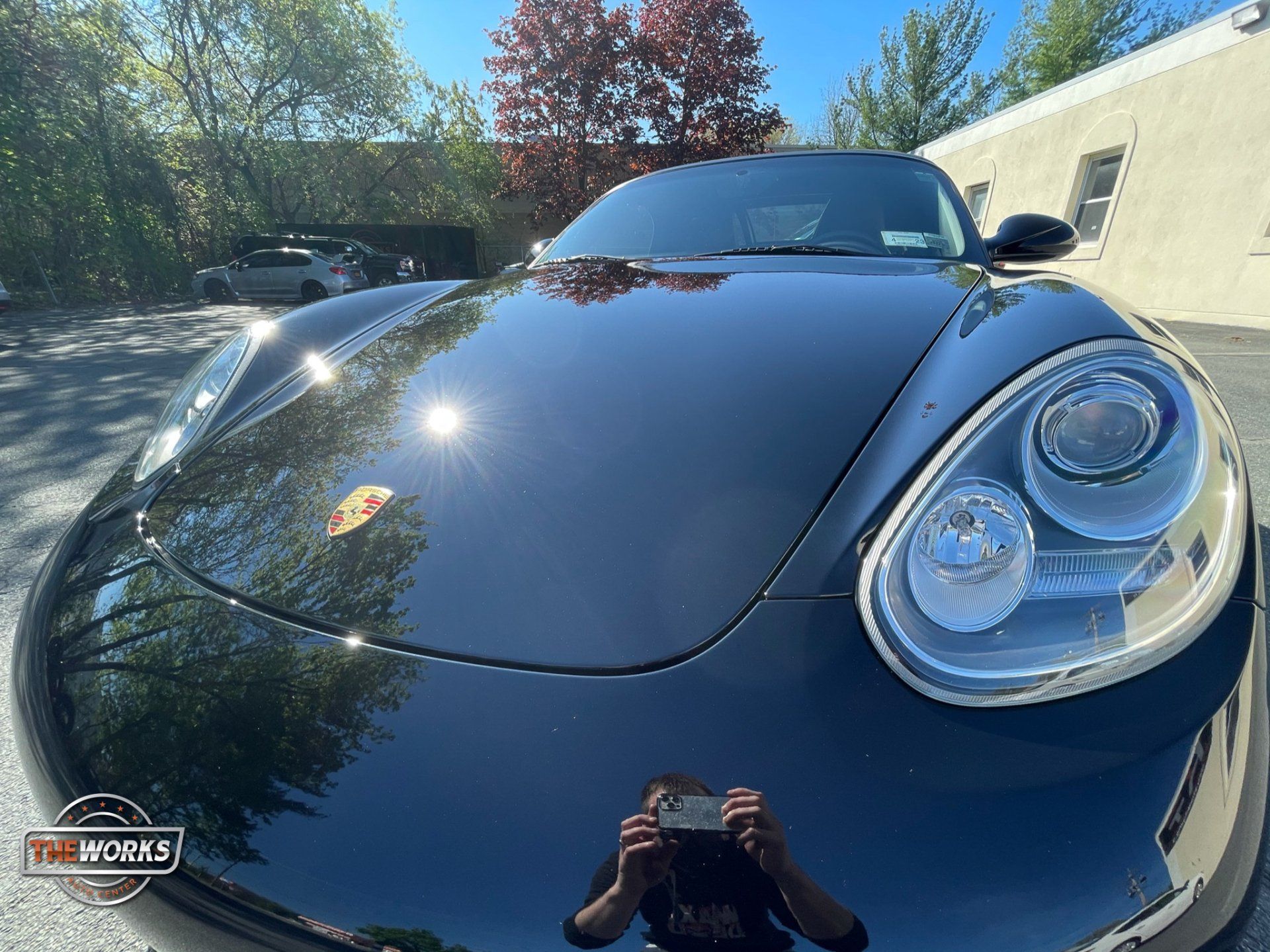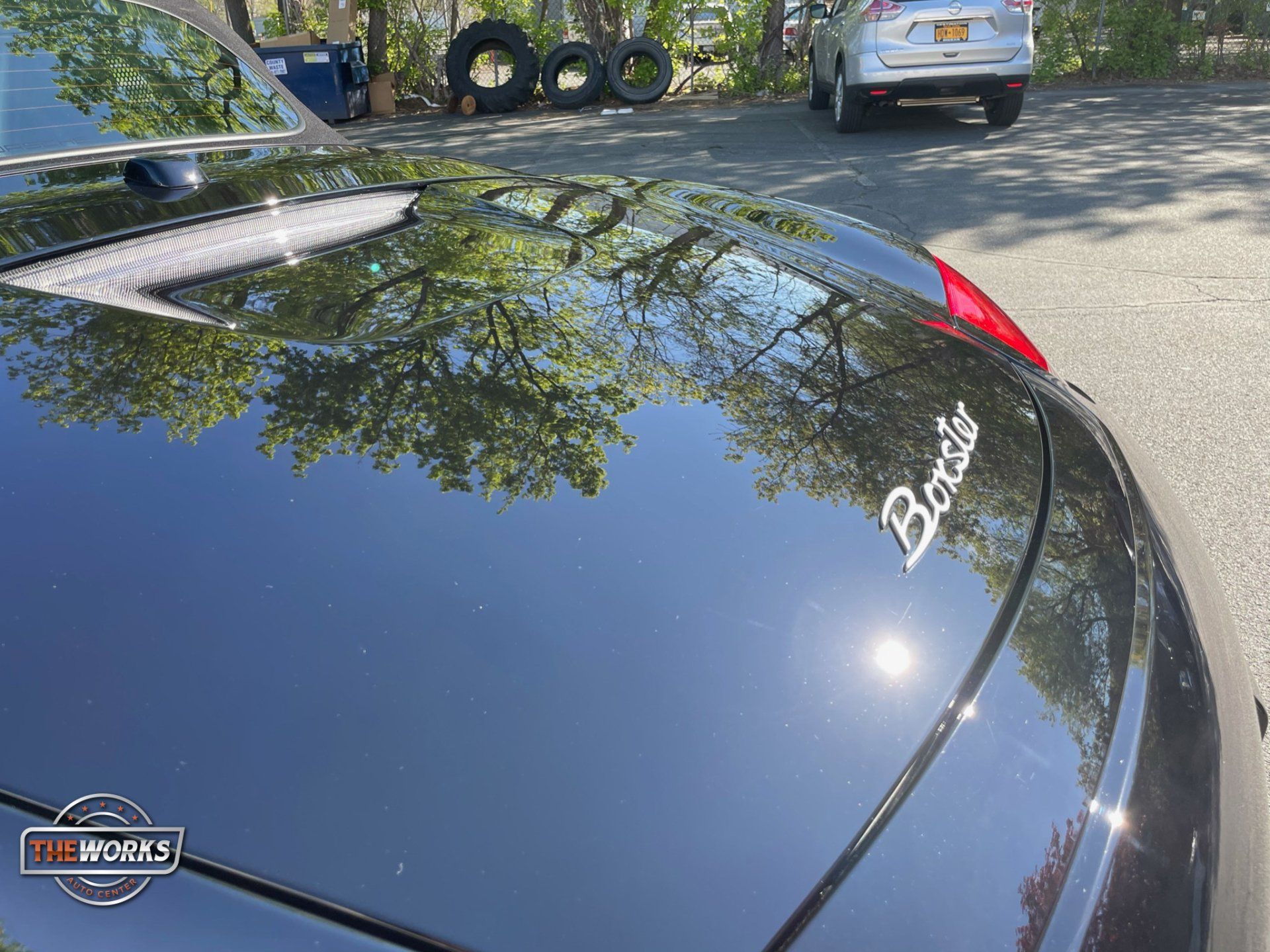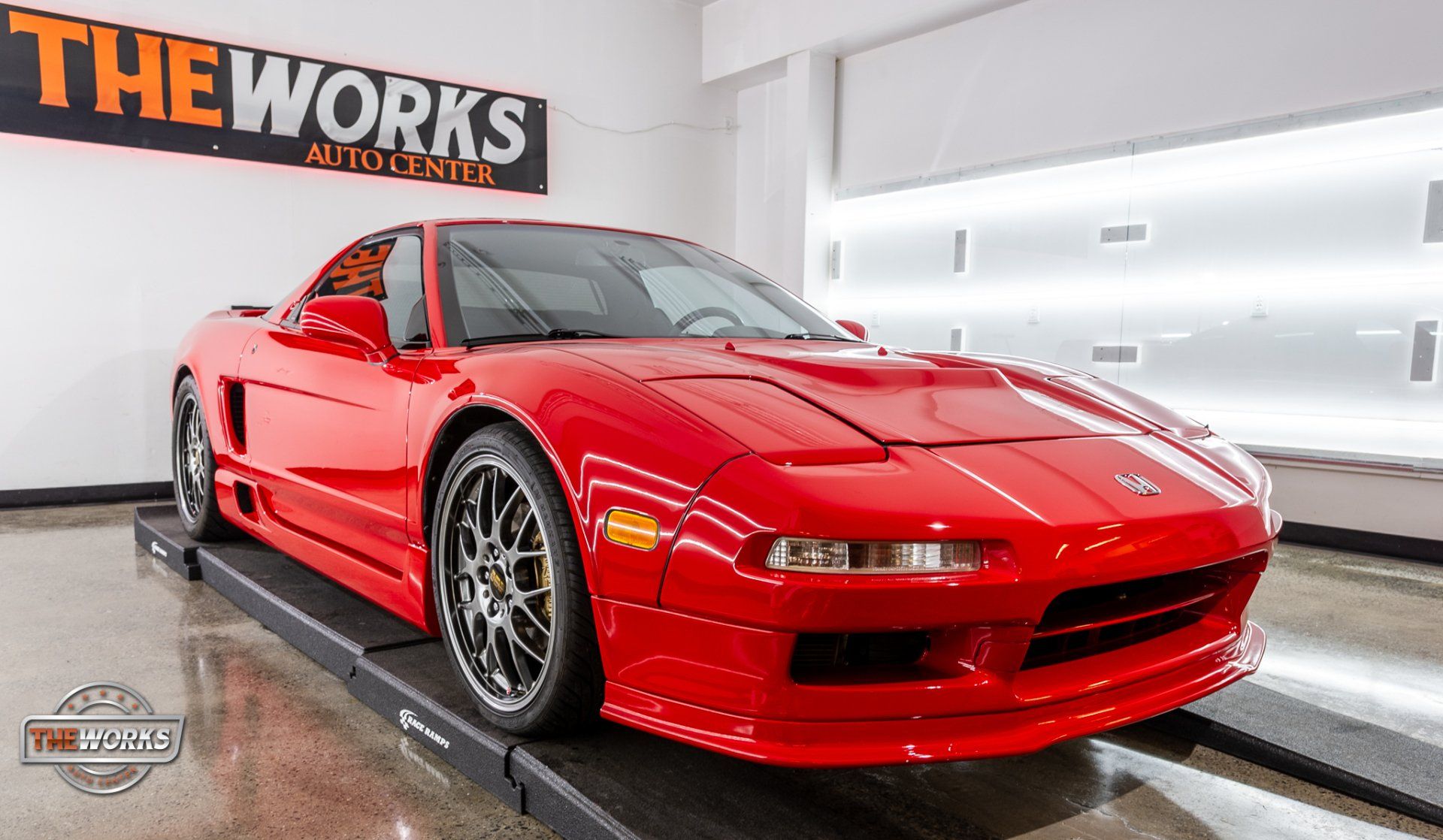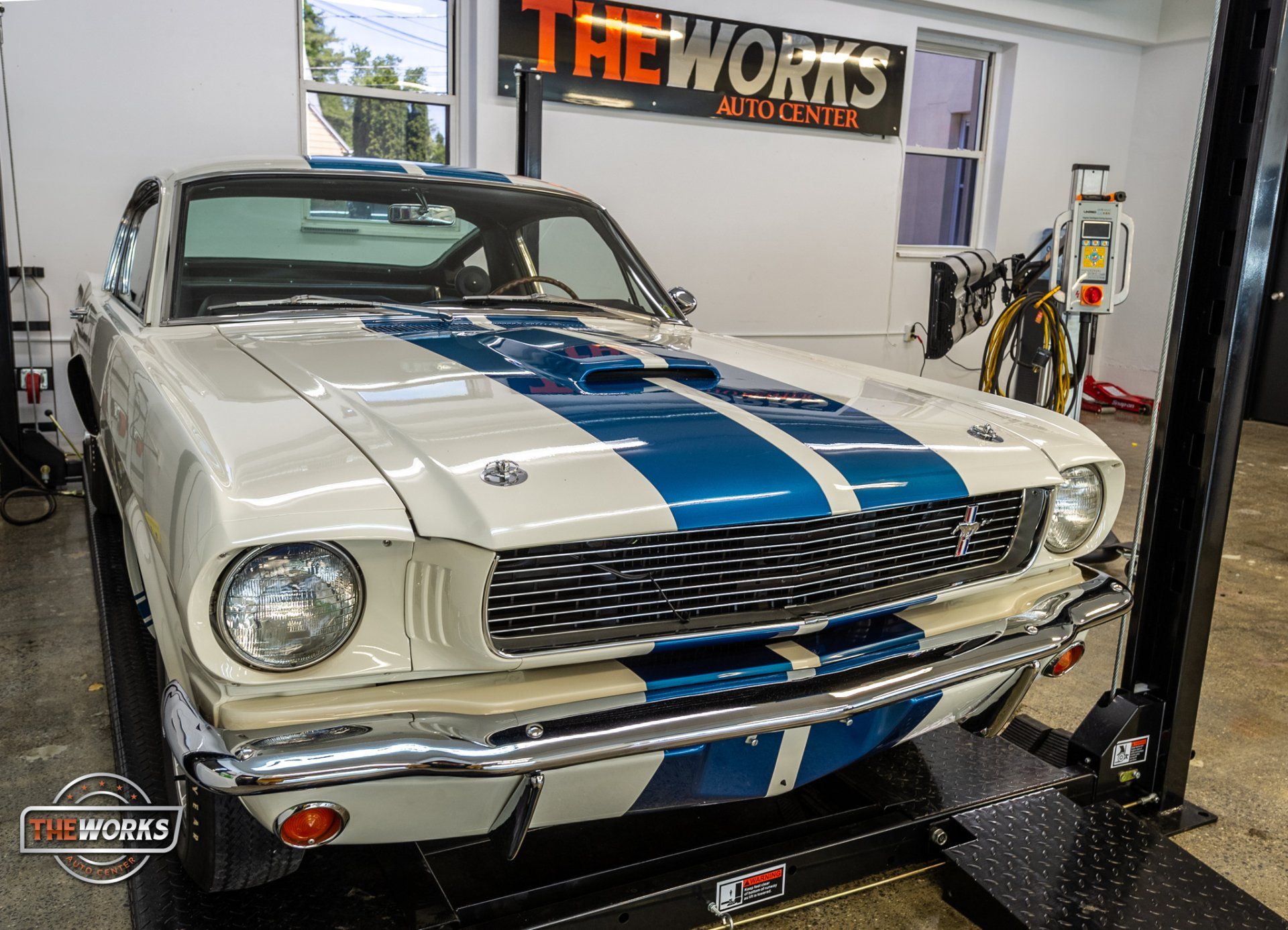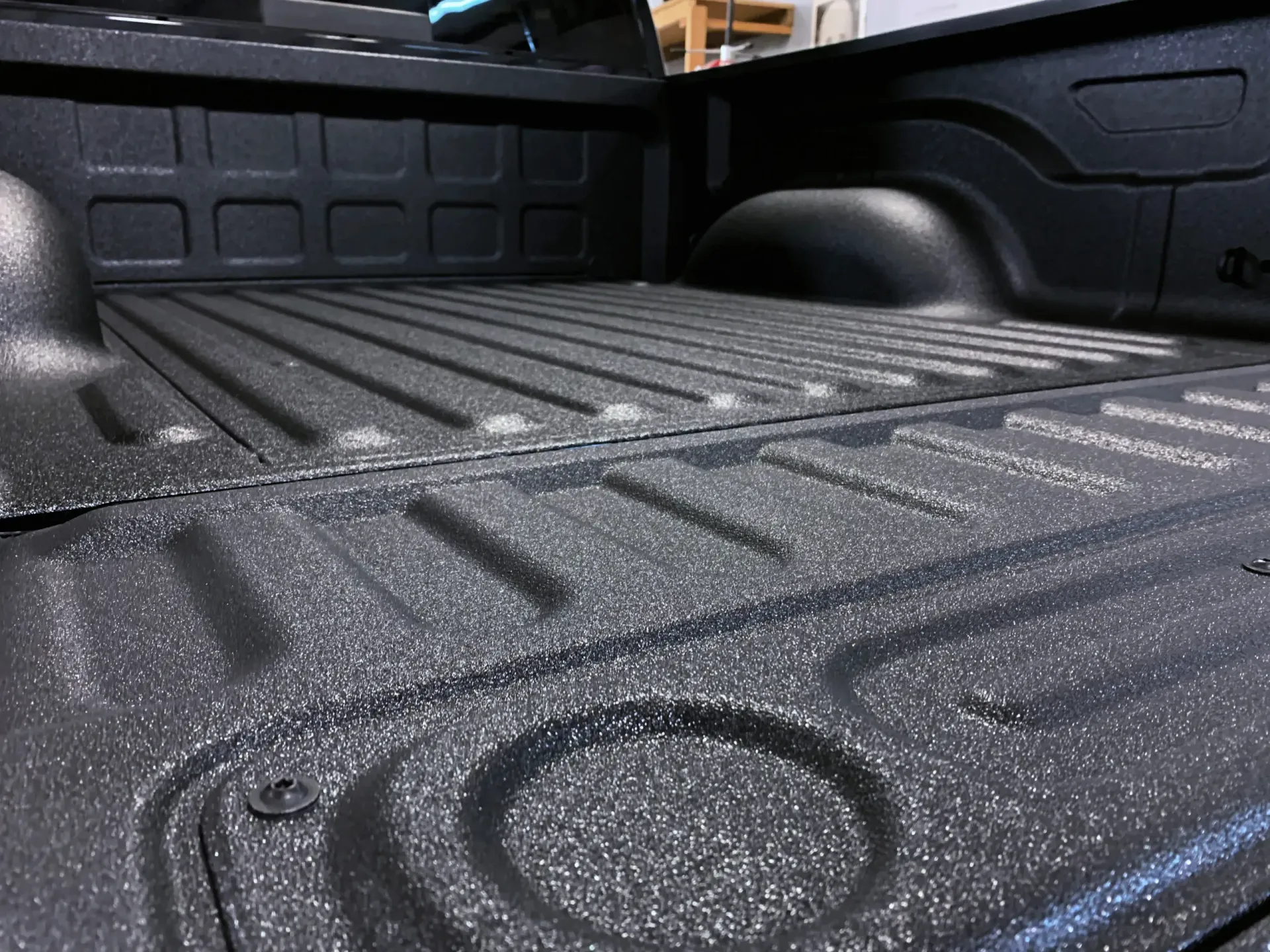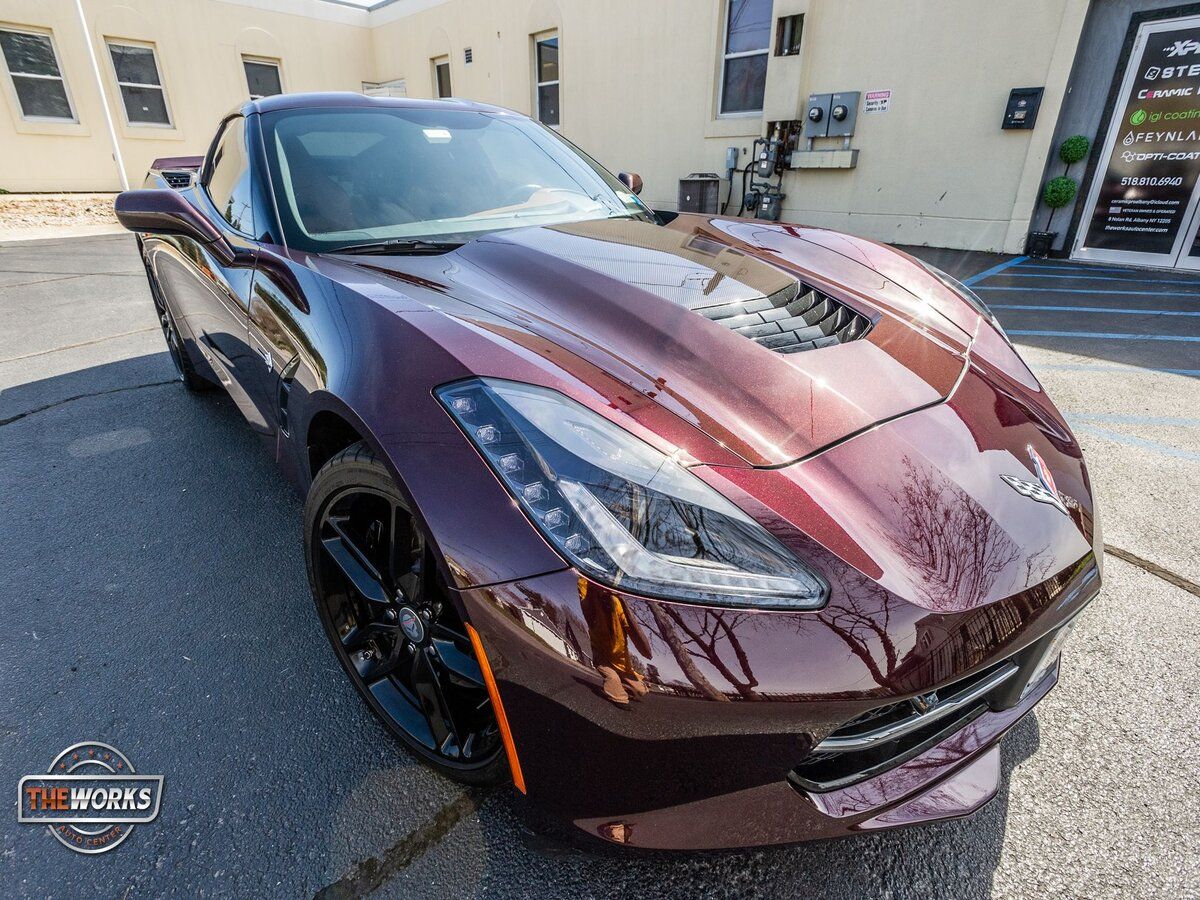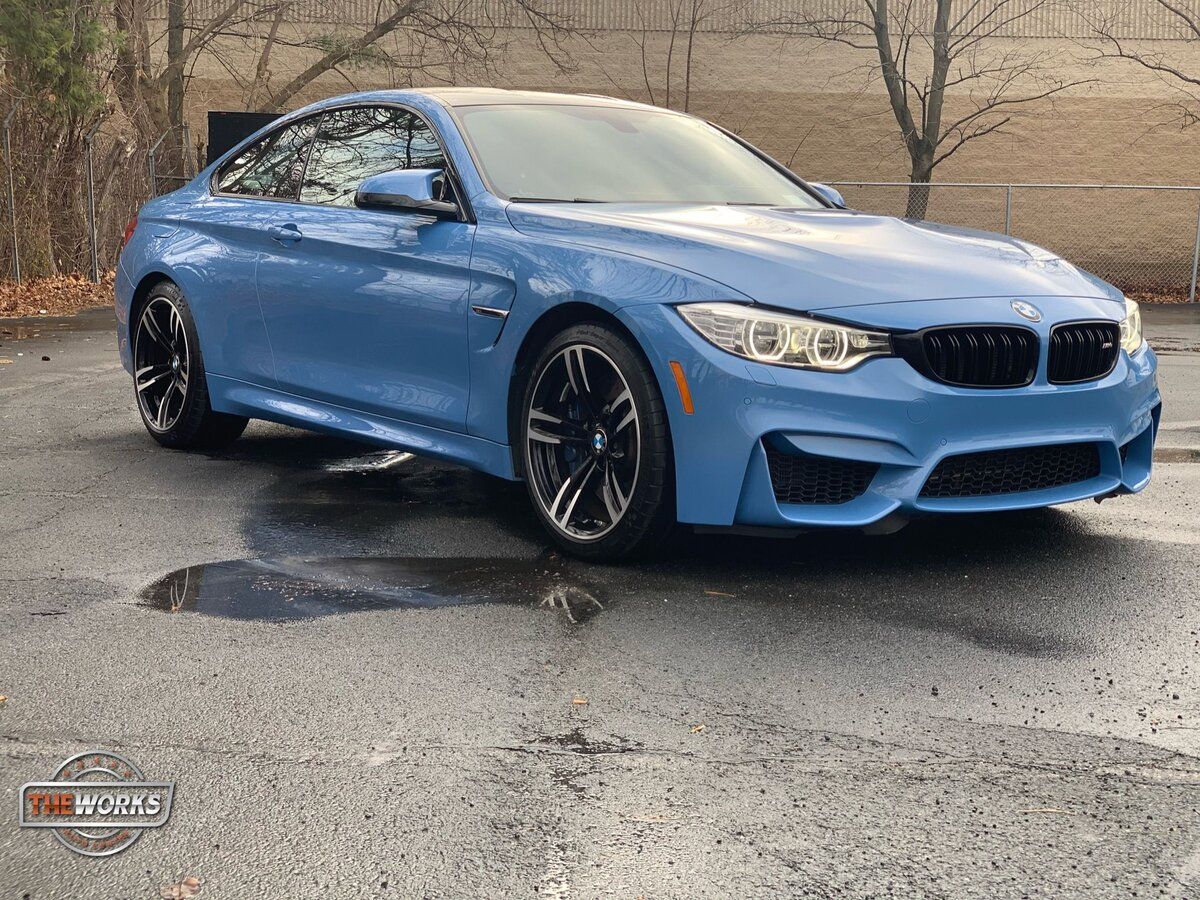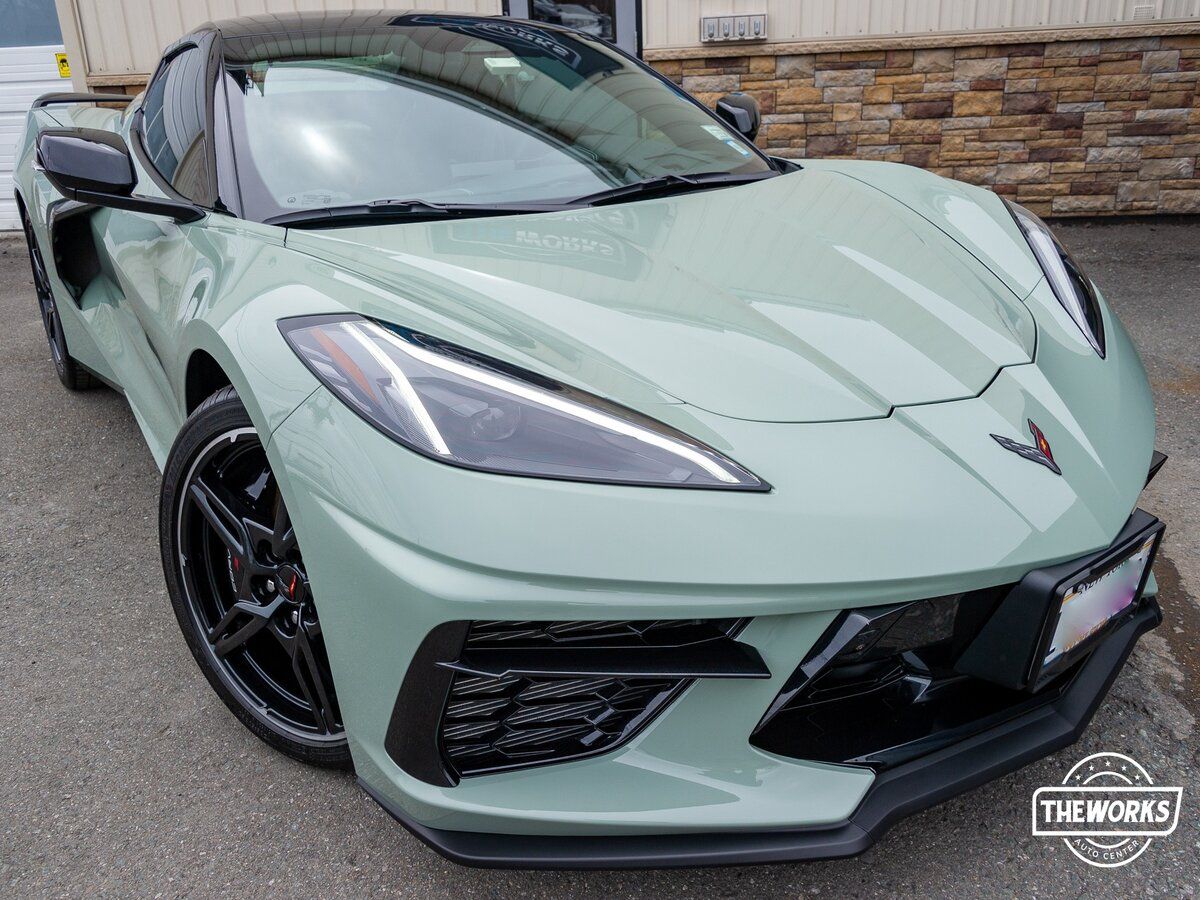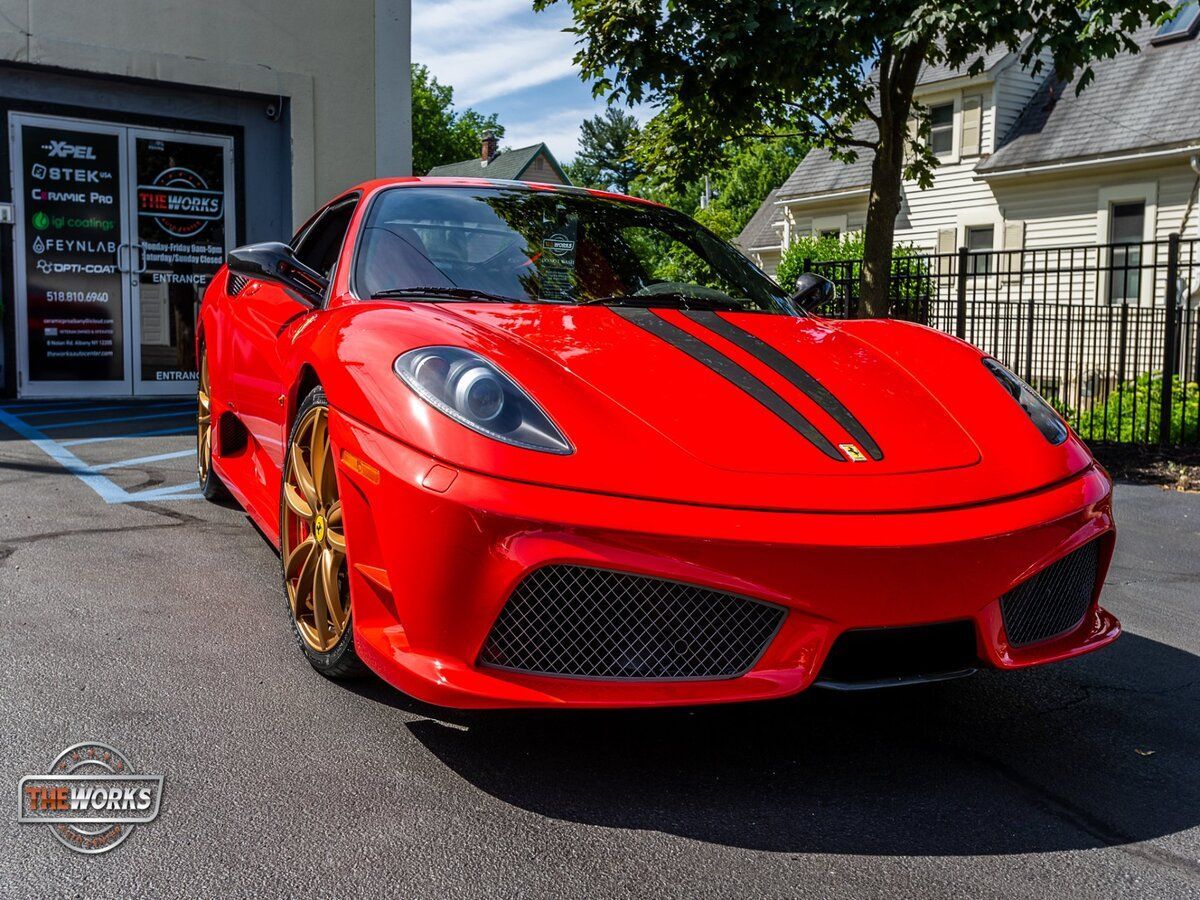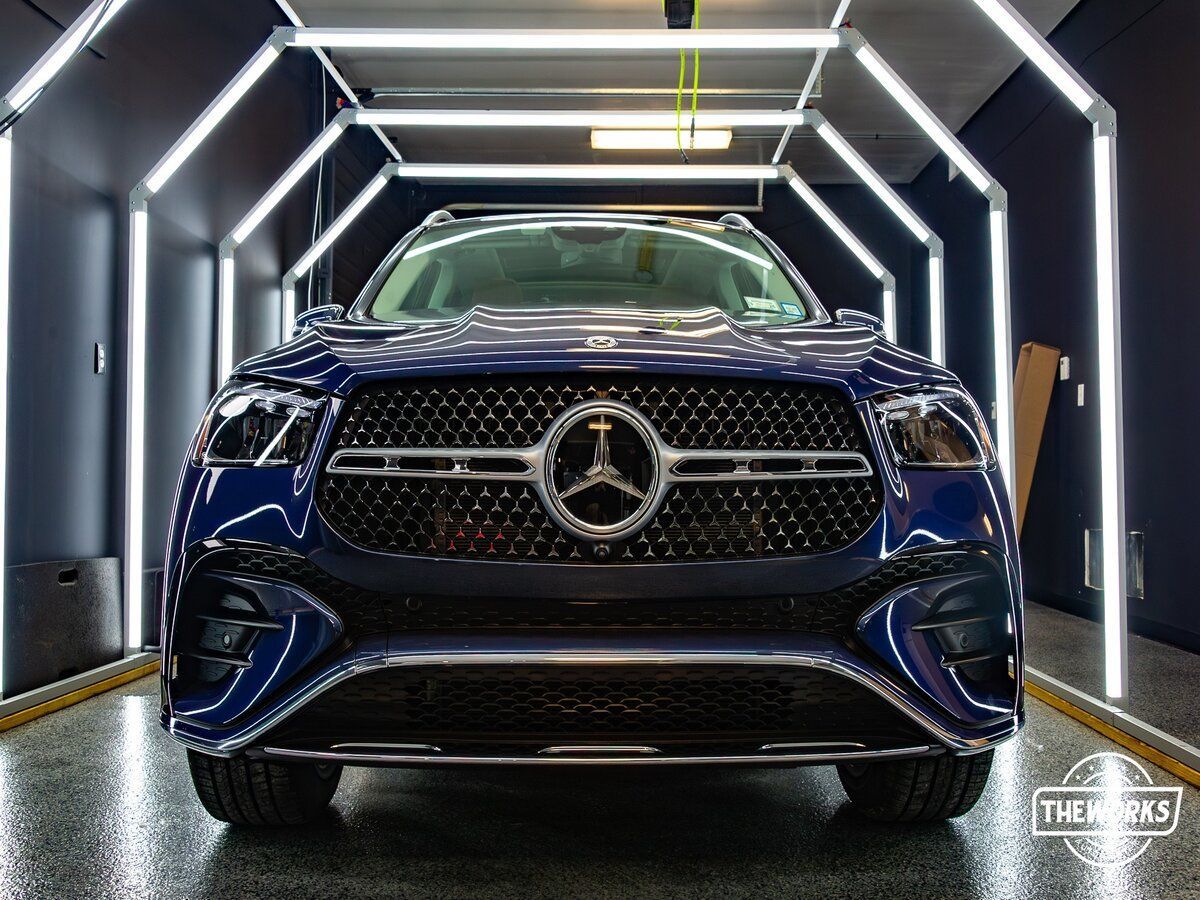Paint Protection Film Maintenance: Keeping Your Car Looking Like New
The secret to keeping your car looking as good as new lies in maintaining its paint protection film (PPF). By preventing rock chips, scratches, and fade brought on by harmful UV rays, regular maintenance keeps this layer in top condition and preserves your car's aesthetic appeal. Moreover, did you know that this simple practice also helps maintain your vehicle's resale value? Indeed, by keeping your car in pristine condition and protecting the original paint, you essentially safeguard its worth. We recommend using soft, non-abrasive tools for cleaning PPF.
Advantages of Paint Protection and Film Maintenance
For many car owners, preserving the glossy, sleek appearance of their vehicles is a top priority. For this goal, PPF maintenance has significant advantages. Rock chips, scratches, and fading caused by UV rays can dull the sheen of a vehicle's paint over time. However, proper PPF maintenance acts as a shield against these threats, ensuring your car retains its showroom shine for longer.
In addition to its protective role, PPF maintenance significantly contributes to the vehicle's resale value. When you invest in a high-quality PPF and maintain it regularly, you are essentially safeguarding the original paint of the car. This translates to maintaining the pristine condition of the vehicle, which is a pivotal factor in determining its resale value.
Whether it's preventing rock chips and scratches or safeguarding your car's resale value, the advantages of regular PPF maintenance extend beyond just aesthetic appeal—they contribute to the long-term protection and preservation of your vehicle's worth.
PPF cleaning tools are recommended.
When it comes to cleaning your car's paint protection film (PPF), using the right tools is crucial to avoid causing damage. The key is to use non-abrasive and gentle cleaning tools that effectively remove dirt and grime without harming the protective film.
Gentle Car Wash Soap Solution
It is crucial to use a specific car wash soap solution for clear bras or paint protection films. Gentle cleaning agents in these soaps effectively lift dirt and contaminants from the PPF without compromising its integrity. Avoid using household detergents or harsh soaps, as they can contain abrasive substances that may wear down the protective layer of the film over time.
Clean Microfiber Mitts and Soft Sponges
Clean microfiber mitts and soft sponges are essential for washing PPF without causing scratches or swirl marks. These tools have a gentle touch and won't abrade the film's surface during the cleaning process. Imagine them as soft pillows gently caressing your PPF, ensuring a thorough yet safe cleaning experience. Using these specialized tools guarantees a thorough cleaning without compromising the film's protective properties.
Two-Bucket Cleaning Method
Ever heard of the two-bucket cleaning method? Detailing enthusiasts employ this ingenious technique to prevent dirt cross-contamination during car washing. The idea is simple: one bucket contains the soapy water, while the other holds clean rinse water. Using separate buckets reduces the risk of reintroducing debris to the vehicle during the cleaning process. This prevents swirl marks and scratches caused by inadvertently dragging contaminants across the PPF surface, ensuring that it remains pristine.
Armed with this array of specialized cleaning tools, you can ensure that your paint protection film receives the gentle care it deserves, preserving its integrity and appearance for years to come.
Essential Steps for Washing Your PPF
Taking care of your car's paint protection film (PPF) is crucial to maintaining its appearance and ensuring long-lasting performance. Let's go over the necessary steps to wash your PPF properly so it stays in top condition.
Step I: Choose the Right Washing Conditions
It's vital to pick the right time to wash your car. Avoid washing it under direct sunlight, as this can cause water spots and activate the PPF's healing abilities. Direct sunlight during washing can intensify any imperfections or damage, potentially causing harm. Therefore, finding a shaded area or waiting for a cloudy day would be an ideal time for this task.
Step II: Hand Wash Your Car
When it comes to cleaning PPF, it's best to stick with hand washing using a gentle car wash soap solution and a clean microfiber mitt. This approach allows for more precise control over the washing process and reduces the risk of damaging the film that may occur with commercial car washes.
Step III: Thorough drying
After washing your car, thorough drying is key to preventing water spotting and maintaining the optimal condition of the PPF. Using a waffle-weave towel or an air blower can help eliminate excess water without causing damage to the film.
Following these essential steps in washing your PPF will not only keep your car looking pristine but also contribute to its long-term durability and performance.
PPF Maintenance Beyond Washing
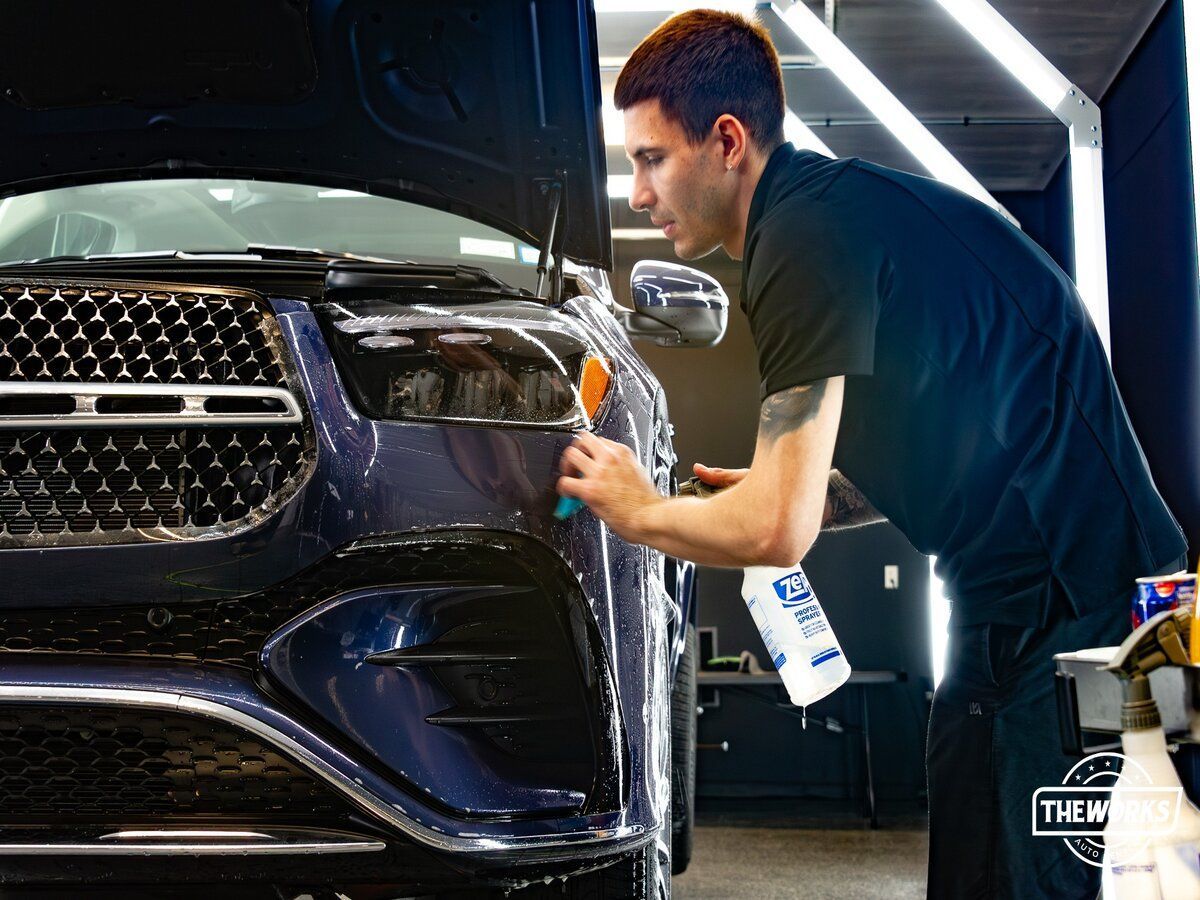
- When it comes to maintaining your car's paint protection film (PPF), regular cleaning may be at the top of the maintenance list, but other important practices contribute to its longevity and effectiveness.
- Avoiding Pressure Washers: It's crucial to steer clear of using pressure washers near the edges of the PPF. Pressure washers' force can loosen the film or cause peeling around the edges, thereby compromising its protective capabilities.
- Immediate Removal of Contaminants: Promptly removing tree sap, bird droppings, and bug splatter from the PPF is another key tip. These contaminants can cause visible etching or staining on the film if left unattended for prolonged periods, affecting both its appearance and protective function.
- Gentle Washing Solutions: When maintaining the PPF, it’s essential to use gentle car wash soap solutions and clean microfiber mitts. Aggressive chemicals or forceful scrubbing can degrade the film over time, compromising its ability to protect your vehicle's paint.
- Avoiding Power Buffers: Refrain from using a power buffer on the PPF, as the abrasiveness can cause scratches or swirl marks on the film, reducing its overall effectiveness and appearance.
Regular Inspection for Wear and Tear
In addition to these specific maintenance practices, regular inspections play a vital role in ensuring effective protection. Periodic checks for signs of wear, tear, or lifting around the edges are important because they allow you to address any issues early on. By catching potential problems before they escalate, you can prevent further damage and ensure consistent protection for your car's paint.
For instance, if you notice any lifting or peeling of the film around the edges due to pressure washing, taking immediate action by consulting a professional for reapplication or repairs can help maintain the film's effectiveness and prolong its lifespan.
By incorporating these additional maintenance practices into your routine, you can effectively safeguard the integrity of your car's paint protection film, preserve its aesthetic appeal, and enjoy long-lasting protection against environmental elements.
In summary:
- Avoid using pressure washers near the film's edges.
- Immediately remove contaminants like tree sap and bird droppings.
- Use gentle washing solutions.
- Refrain from using power buffers.
- Perform regular inspections for wear and tear.
These proactive measures will not only maintain the quality of your PPF but also extend its lifespan, ultimately keeping your car looking brand new for years to come.
Nurturing Your PPF for Increased Longevity
The concept is simple: to keep your car looking brand new for as long as possible, you need to cherish and protect its paint protection film (PPF). Beyond regular washing, applying a paint sealant or wax can provide an additional layer of protection against environmental elements. This helps to keep your vehicle's appearance pristine and extends the PPF's life.
When choosing the right products, it's important to select those specifically formulated for use on paint protection film. The design of these products ensures they are gentle on the film while delivering effective protective qualities. Using products not intended for PPF can lead to unwanted side effects such as discoloration or reduced effectiveness.
The Importance of Correct Application
It's not just about the products you choose but also how you apply them. Make sure to carefully follow the instructions provided with the sealant or wax. Consistency and adherence to application guidelines are crucial for ensuring uniform coverage and maximum effectiveness.
For instance, if you're using a liquid sealant, a thin, even application using a clean applicator pad can result in a smooth finish with optimal coverage. On the other hand, experts commonly recommend using a microfiber cloth with wax to ensure an even spread and minimize the risk of streaking.
Both sealants and waxes offer UV protection, acting as a buffer against harmful solar rays that can degrade the durability of your PPF over time. It's like giving your PPF its own little shield to ward off damage from the sun and other environmental factors.
Furthermore, these products act as a barrier against contaminants such as bird droppings, bug splatter, and tree sap—all potential hazards to your PPF's pristine appearance. By preventing these contaminants from adhering to the film's surface, you help to ensure its longevity and ease of cleaning in the long run.
Remember, investing in products specifically formulated for PPF and applying them correctly is crucial. These simple but vital steps go a long way toward nurturing and extending the life of your PPF, ensuring that your car continues to look as good as new for years to come.
Economic Benefits of Proper PPF Maintenance
Maintaining your car's paint protection film doesn't just preserve its sleek appearance; it’s a smart investment with several economic advantages. The initial cost of having PPF installed is a proactive step in safeguarding your vehicle's exterior and maintaining its resale value. Continuously caring for the film can further enhance these benefits by lowering your overall maintenance costs and preserving your vehicle's condition.
Properly maintained PPF eliminates the need for expensive repainting or complete film replacement. Regular upkeep also helps prevent visible damage from potentially depreciating the value of your vehicle. In fact, well-maintained PPF can potentially increase the resale value of your vehicle by 5% to 10%.
Imagine you're selling your car. If a potential buyer sees that your car has a well-maintained PPF, they'll be more likely to offer you a higher price. They'll see that you cared for it and protected it, which could be worth a lot more than all those small cleaning costs over time.
When you keep up with maintaining your PPF, from washing it regularly to handling minor repairs promptly, you effectively reduce the risk of larger, avoidable expenses down the road. It's like getting regular check-ups at the doctor's office; it’s much better to nip small problems in the bud before they develop into something serious. So, by properly maintaining your PPF, you're not only saving money but also maintaining the value and pristine look of your vehicle—a win-win situation.
Selecting PPF Maintenance Products

When it comes to maintaining your car's paint protection film (PPF), using the right products is crucial to ensuring its longevity and effectiveness. Selecting products specifically designed for PPF is crucial, as they provide compatibility and effectiveness in protecting and maintaining the film.
Using mild car wash soap is essential for cleaning the PPF without causing damage or degrading its protective properties. Harsh chemicals present in regular car wash soaps can negatively impact the PPF, leading to premature wear and reduced protection. Additionally, avoid using abrasive materials such as rough sponges or towels, as they can cause scratches on the film, compromising its integrity.
In addition to gentle cleaning products, it's important to consider using paint sealants or wax that are suitable for use on PPF. These products provide an additional layer of protection and enhance the gloss and durability of the film. Look for paint sealants or waxes specifically labeled as safe for PPF application when choosing them for PPF maintenance.
It's important to note that using standard automotive waxes or sealants not designed for use on PPF can lead to adverse effects, such as yellowing or peeling of the film. Always read product labels and ensure that they explicitly mention compatibility with paint protection film.
Apply the selected maintenance products in accordance with the manufacturer's instructions to ensure optimal performance and protection. Following the recommended application methods will help to maintain the protective qualities of the PPF and preserve its appearance over time.
By carefully selecting maintenance products tailored for paint protection film, you can effectively safeguard your car's exterior while ensuring that the PPF retains its protective properties and aesthetic appeal.
Ensuring the proper care and maintenance of your vehicle's paint protection film not only extends its lifespan but also keeps your car looking pristine, enhancing its overall value. With the right products and techniques, you can uphold the protective integrity of your car's exterior for years to come.
Why choose The Works Auto Center for paint protection film?
At The Works Auto Center, we understand the importance of keeping your vehicle looking pristine for years to come, which is why we offer top-of-the-line paint protection film (PPF) services in Albany, New York. Our team of skilled professionals, equipped with years of experience in the automotive industry, provides the highest quality PPF installation services. We use only the best PPF products on the market, ensuring maximum protection and durability for your vehicle. Book now!
